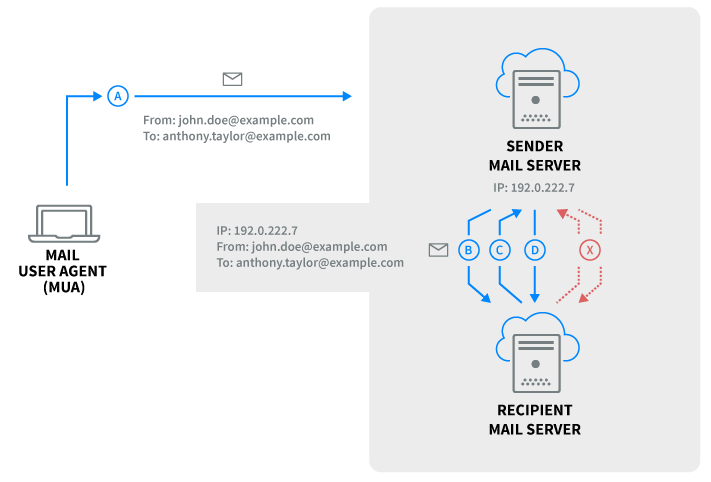Search Our Database
What is greylisted email?
Introduction
Have you ever experienced delays when sending emails, only to find that using a different email address resolves the issue instantly? This can be puzzling and frustrating, especially in a business environment where timely communication is crucial. One potential cause for these delays is a process known as Greylisting, an anti-spam measure implemented by email servers. Let’s explore what greylisting is, how it affects email delivery, and what steps you can take to address this issue.
Understanding Greylisting:
Did you notice that it sometimes took a long time for your emails to reach their recipients? However, when you attempted to send the same email from the email address of another sender, the email was sent and received right away.
One of the possible causes for such delay is due to Greylisting (or graylisting), a new anti-spam measure implemented on the recipient’s email servers. If you review the email log, you will see error messages as follow:
When the sender’s email addresses are greylisted by the recipient end’s primary email server, the emails will be sent to the secondary mail server (if available), consequently causes a delay or undelivered emails.
According to the article Greylisting: The worst thing to happen to email since spam, this is the purpose of setting up greylisting:
Email servers work by accepting messages, figuring out where they need to go, and sending them along their way (or to another intermediate server) until they reach the destination. It was designed to be robust and accommodate unreliable servers, so if a destination server isn't available or temporarily refuses to accept a message, the sending server will try again later. It's like getting a package delivered when there's nobody home to accept it: the delivery guy tries to deliver it for a few days before assuming you're dead and returning it to the sender. Greylisting tricks the sending servers into an intentional delay: for every incoming message, a greylisting mail server says "I'm too busy - try again soon!" It's not too busy - it just inserts this intentional delay to see if the sending server will try again. Then it accepts the message if the sending server retries after a minimum delay (usually a few minutes).

How Greylisting technique works. (image ctto: https://www.axigen.com/articles/what-does-greylisted-mean_93.html)
Here are a few suggestions you can try to address this issue:
- Wait for greylisting to expire and resend the emails.
- Request the receiver to whitelist your email address on the receiver’s email server.
- Setup an SPF record for your email server.
Conclusion
Understanding and managing greylisting is key to ensuring your emails are delivered in a timely manner. While greylisting is an effective anti-spam technique, it can inadvertently delay legitimate emails. By following the above steps, you can minimize these delays and maintain efficient email communication. If problems persist or if you require further assistance, don’t hesitate to reach out for professional support.
